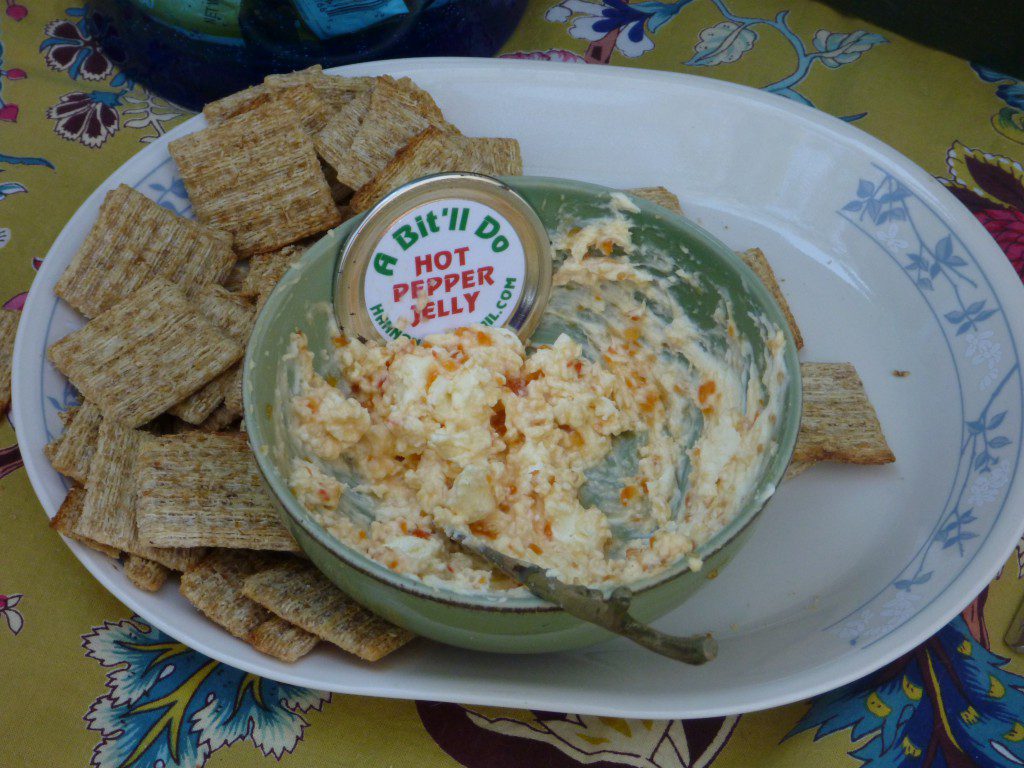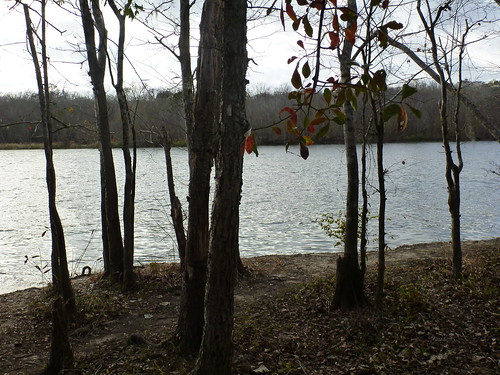Rob Diaz de Villegas WFSU-TV
Tonight (Wednesday, February 29) at 7:30 PM/ ET, Georgia Ackerman and Rick Zelznak of the Wilderness Way help you prepare for your kayak camping trip on WFSU-TV’s dimensions. Heading out on the water with everything you’ll need to survive for a few days is not something you undertake lightly. Tonight’s segment is meant to be an overview, to get you thinking about what you might bring and how you’ll fit it into your kayak. This post is a companion to the video piece (hi to everyone who came to this url after the segment aired). The links on this page give you a more comprehensive toolset to plan a multi-day kayak camping trip. If there is an additional resource that you think people should know about, tell us about it in the comments section.
The first three links were provided by Georgia:
What to Bring
1. First is a thorough kayak camping checklist from WAKE (Whatcom Association of Kayak Enthusiasts). Click here for the checklist. As it states at the top of the page, they are not insisting that you pack everything on the list. Different kayakers will have different needs for their own comfort.
What to Eat

Georgia made this cream cheese hot pepper dip for the event. As this is dairy based, she would freeze this and eat it on the first night of a multi-day expedition.
2. Five days- no refrigeration, no restaurants- what will you eat? The Wild Backpacker web site has a collection of recipes to keep you from eating PB&J for breakfast, lunch, and dinner (it’s my lunch on every EcoAdventure or In the Grass, On the Reef field shoot). Click here for backpacking recipes. As with the checklist, campers will vary in how simple and how complex they like their meals to be.
Leave No Trace
3. If you’ve gotten this far down the page, you like being outdoors. The wild places are great to visit for their beauty, and for the plants and animals you encounter. The last thing you want to do is lessen that beauty, or endanger these animals through carelessness. The Leave No Trace Center for Outdoor Ethics has compiled a list of best practices when enjoying the outdoors. Click here for the list.
So now you know how to pack for a trip. But where do you go?
4. If you’re interested in camping along the coast, The Florida Circumnavigational Saltwater Paddling Trail web site is a good resource. It lists campsites along the coast, gives you contact information for each site, and lets you know whether or not you have to pay or make a reservation. It also lets you know where you can find outfitters and stores to restock during your multi-day adventure. Watch our video on the Forgotten Coast Segment of the Circumnavigational Trail.
5. Florida Fish and Wildlife Conservation Commission manages several paddling trails, including the Big Bend Saltwater Paddling Trail, which has been incorporated into the Circumnavigational Trail. They also manage a few freshwater trails, like the Apalachicola Wildlife and Environmental Area Paddling Trail System (which we covered in our last EcoAdventure).
6. The last link on paddling trails is Florida DEP’s Office of Greenways and Trails page listing all state managed paddling trails. Not every trail has camping, and some of the links are more helpful than others, but it’s a good place to start your research.
7. At the end of the day, who knows the waterways and surrounding areas better than the local outfitter? This link is to a fairly extensive list of kayak outfitters in Florida. I can’t vouch for it being a list of EVERY outfitter, it’s just the list that had the most of what I saw.
Like I said earlier, feel free to mention your favorite resource, online or not, in our comments section. You can also check out our Paddling page for posts and videos on kayaking and canoeing in our area.



1 comment
[…] Donate Skip to content HomeThe ScienceThe “In the Grass, On the Reef” Master PlanCoastal Habitat Quick DictionarySalt MarshIn the Grass- Salt Marsh Biodiversity StudyMeet the Species “In the Grass”Oyster ReefOn the Reef- The Biogeographic Oyster StudyMeet the Species “On (and swimming around) the Reef”Watch Oysters GrowJacksonvilleSaint AugustineAlligator HarborSeagrass BedPredatory Snails, and Prey, of Bay Mouth BarIn the Grass, On the Reef DocumentaryEcoAdventures North FloridaEcoAdventures HomeActivitiesPaddlingHikingBird/ Wildlife WatchingArt/ PhotographyHistory/ Archeology ← 7 Online Resources for the Prepared Kayak Camper […]
Comments are closed.